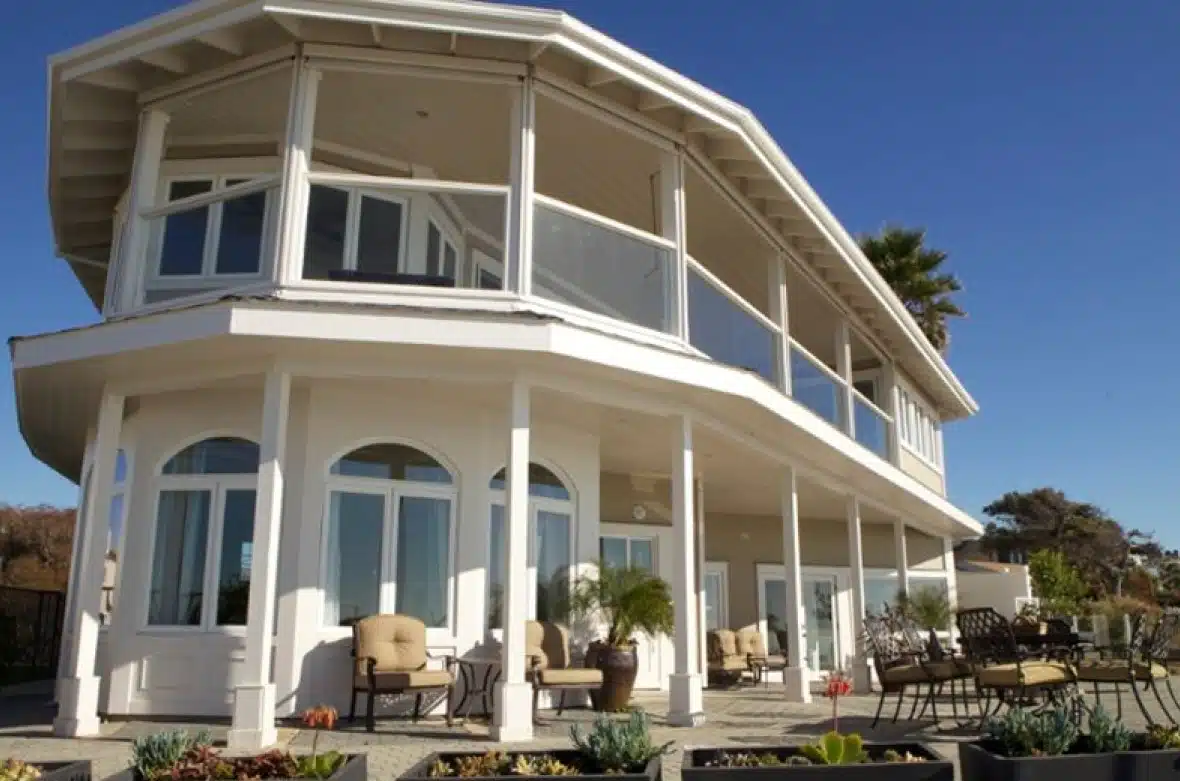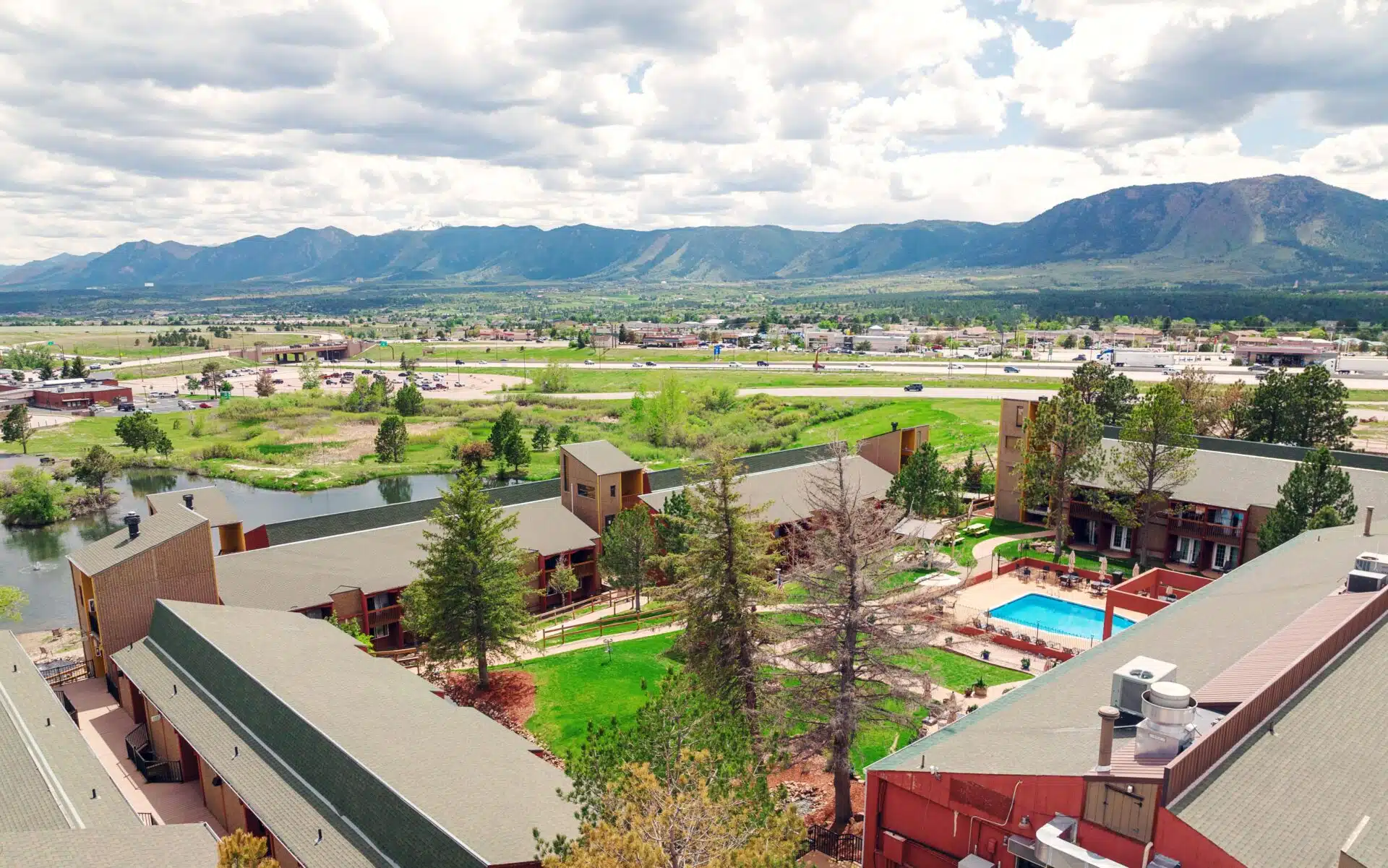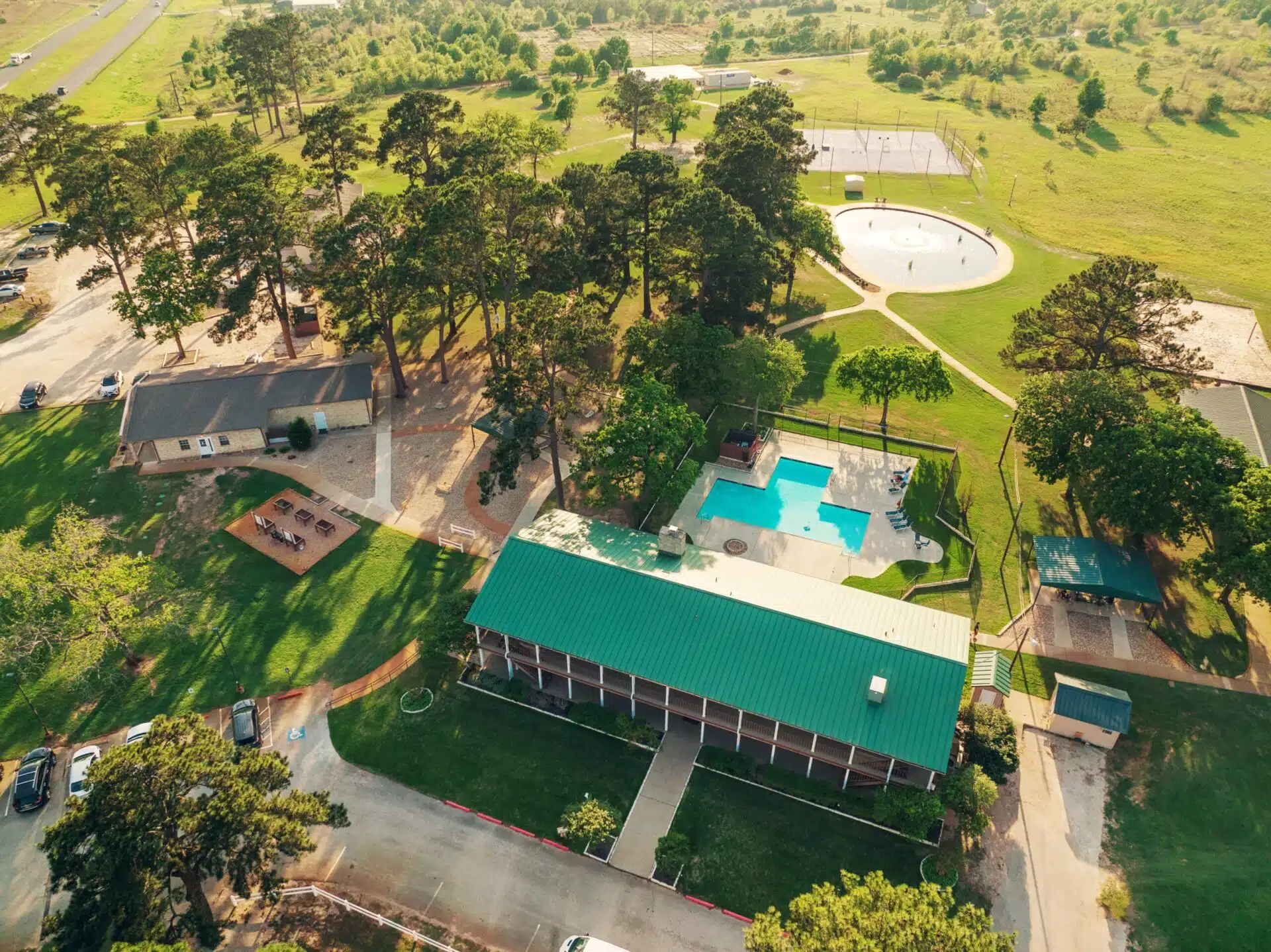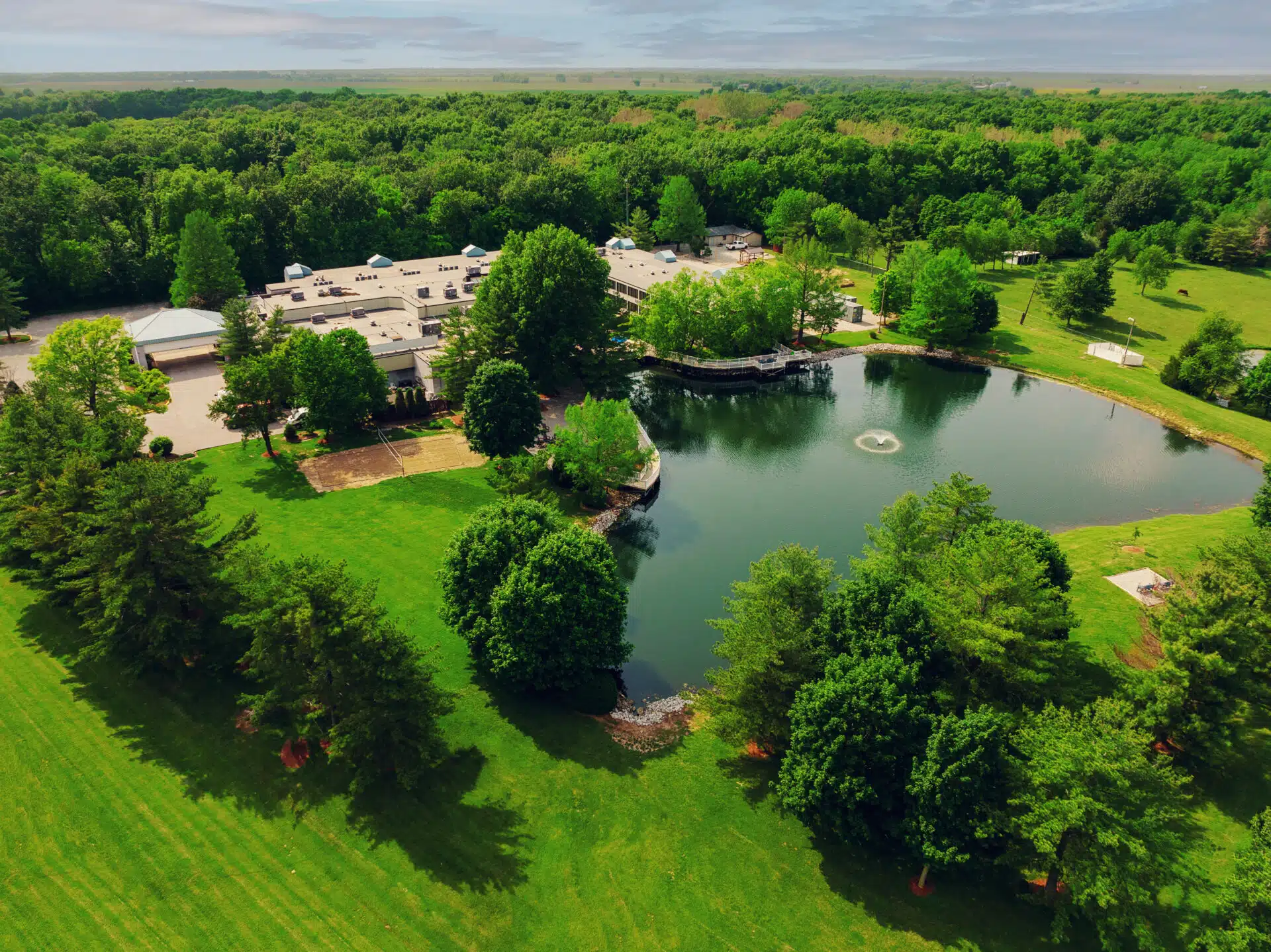Substance use disorders—the most severe of which is addiction—are chronic brain conditions that are complex and progressive: they become worse over time. There is no total cure, but treatment and recovery support services are available and effective.
However, the hardest part of recovery from a substance use disorder isn’t entering or sticking with rehab, as hard as those are. After all, in a rehab center:
- Every move is watched, guided, or controlled.
- Drugs and alcohol aren’t allowed.
- The monetary cost encourages making an effort to recover.
The truly difficult part is remaining sober after rehab when clients are not as closely watched, their former suppliers of intoxicants are still around, as are the pressures that led to their SUD in the first place, and they can easily run into old substance use buddies.
As many as 70% of individuals with SUD relapse. That’s high, but it’s similar to the rates for other chronic diseases such as hypertension, diabetes, and asthma.
What Are Substance Use Disorder Relapse Triggers?
In a firearm, a trigger is the mechanism that fires the gun, causes the explosion to send the bullet (or other projectile) through the barrel toward the target, but it is not explosive in itself. It’s similar to SUD. The trigger isn’t addictive, it produces no euphoria or pain relief in itself, but it sets the process in motion.
When referring to substance use and treatment, a trigger is anything that makes you want to use drugs again. Often it involves a memory. The things that remind you of your past substance use or make you want to start using again are emotional or behavioral triggers, and at any time that trigger can be pulled.
This isn’t just flowery speech. Triggers are real. Scientists have observed them in the brains of cocaine users. The risks of triggers are greater if the individual has not learned to recognize, avoid, and cope with triggers.
What Are Common Triggers for Relapses?
Anything in your environment can be a trigger. Even a film or TV show or an advertisement can be a trigger if you associate it with substance use or it depicts it in some way.
- Location. If there was a spot where you used the substance, seeing or being at the spot can be a trigger.
- People. If you used substances with certain people, seeing those people can be a trigger.
- Event. A time of year, an annual party, April 20, a positive or negative life change (hired or fired, engagement or breakup).
- Object. Seeing the substance you once used or some apparatus associated with its use, such as a hypodermic needle? That may be a trigger.
- Pain. Some people became addicted to opioids because of chronic or even acute physical pain. If the pain remains, it may trigger a relapse, leading to overdose and death.
- Subconscious cues. Dr. Steven Grant of the National Institute on Drug Abuse found that subconscious images can trigger drug-seeking behavior even if the individuals aren’t aware that they saw anything.
- Scents. Smells trigger memories, and memories can trigger a relapse.
Other, less tangible things also can trigger a substance use relapse (and may have sparked the substance use in the first place):
- Stress. Individuals facing a lot of stress are more vulnerable to developing SUDs and also more prone to relapse. Drug or alcohol craving alone can cause stress.
- Anxiety. Panic disorder and post-traumatic stress disorder are anxiety disorders with a high correlation to SUD and relapse.
- Dwelling on the past. Too much time spent thinking about past events, perceived wrongs, or former substance use can lead to relapse.
- Worrying about the future. Many individuals with addiction say they have to take it one day at a time because a lifetime of sobriety seems impossible. Fear and dread of upcoming events, problems, or difficulties also may trigger a relapse.
How Can Triggers Be Avoided Or Relapse Prevented?
The most direct way of avoiding or controlling triggers is just that — stay away from them:
- Don’t visit old haunts.
- Don’t associate with people who still use or don’t support your sobriety.
- Don’t visit bars or restaurants where you used to use.
- In some cases, it may be necessary to find a new job or a new place to live.
These are only stopgap measures, sensible precautions or rules not wisely broken, but they might not be enough because your SUD travels with you. Running away from your problems by seeking a new locale is called a geographical cure.
At this time, SUD does not seem to have a cure. Though you stop using, the SUD remains, even if chained, buried, or starved. There is always a risk of relapse, even decades after recovery. You have to change yourself.
Standing up to triggers
Since it’s not possible or healthy to live in a bubble and thus avoid all triggers for too long, it’s necessary to learn to cope with and overcome the triggers you can’t avoid.
There are several ways to reduce the danger of triggering a relapse, and more than one may be needed. They include:
- Psychotherapy. The most common type of treatment for SUD is psychotherapy, also known as talk therapy. Cognitive behavioral therapy (CBT) is especially effective because it teaches the individual living with SUD to change negative (and often false) ways of thinking to positive ones. Dialectical behavior therapy (DBT) may also be helpful, particularly in cases where there is a coexisting mental health issue (known as a dual diagnosis or co-occurring disorder).
- Mindfulness-based relapse prevention (MBRP). Research shows that combining CBT techniques with mindfulness meditation—sitting, focusing on one’s breathing, and concentrating on the present moment—results in fewer relapses than CBT alone or other therapies at the 12-month mark.
- Physical exercise. When you engage in solitary or group fitness activities, your body naturally produces feel-good chemicals known as endorphins as well as neurotransmitters including serotonin and dopamine, that help manage stress and reduce the risk of relapse. Walking is particularly popular and effective.
Everybody faces triggers every day but not everybody is triggered. With sensible strategies, therapy, and the help of friends and family, you can learn to avoid and resist life’s unavoidable triggers.
References
- ncbi.nlm.nih.gov – Mindfulness-Based Relapse Prevention for Substance Use Disorders: A Pilot Efficacy Trial.
- drugabuse.gov – The Science of Drug Use: Discussion Points
- drugabuse.gov – DrugFacts: Treatment Approaches for Drug Addiction.
- health.harvard.edu – How Addiction Hijacks the Brain.
- drugabuse.gov – “MRIs Can Find Signals That Trigger Drug Cravings.
- news.brown.edu – Study Stops Stress-Based Drug Relapse in Rats
- ncbi.nlm.nih.gov – Substance Use Disorders and Anxiety: A Treatment Challenge for Social Workers.
- greatergood.berkeley.edu – NCan Mindfulness Help Stop Substance Use Disorder?
- nami.org – Psychotherapy
- ncbi.nlm.nih.gov -Dialectical Behavior Therapy for Substance Use Disorderrs
- nami.org – Dual Diagnosis.
- health.harvard.edu – Six Relaxation Techniques to Reduce Stress
- ncbi.nlm.nih.gov – Relative Efficacy of Mindfulness-Based Relapse Prevention, Standard Relapse Prevention, and Treatment as Usual for Substance Use Disorders: A Randomized Clinical Trial
- ncbi.nlm.nih.gov – Exercise Preferences of Patients in Substance Use Disorder Treatment.
Medical disclaimer:
Sunshine Behavioral Health strives to help people who are facing substance abuse, addiction, mental health disorders, or a combination of these conditions. It does this by providing compassionate care and evidence-based content that addresses health, treatment, and recovery.
Licensed medical professionals review material we publish on our site. The material is not a substitute for qualified medical diagnoses, treatment, or advice. It should not be used to replace the suggestions of your personal physician or other health care professionals.






